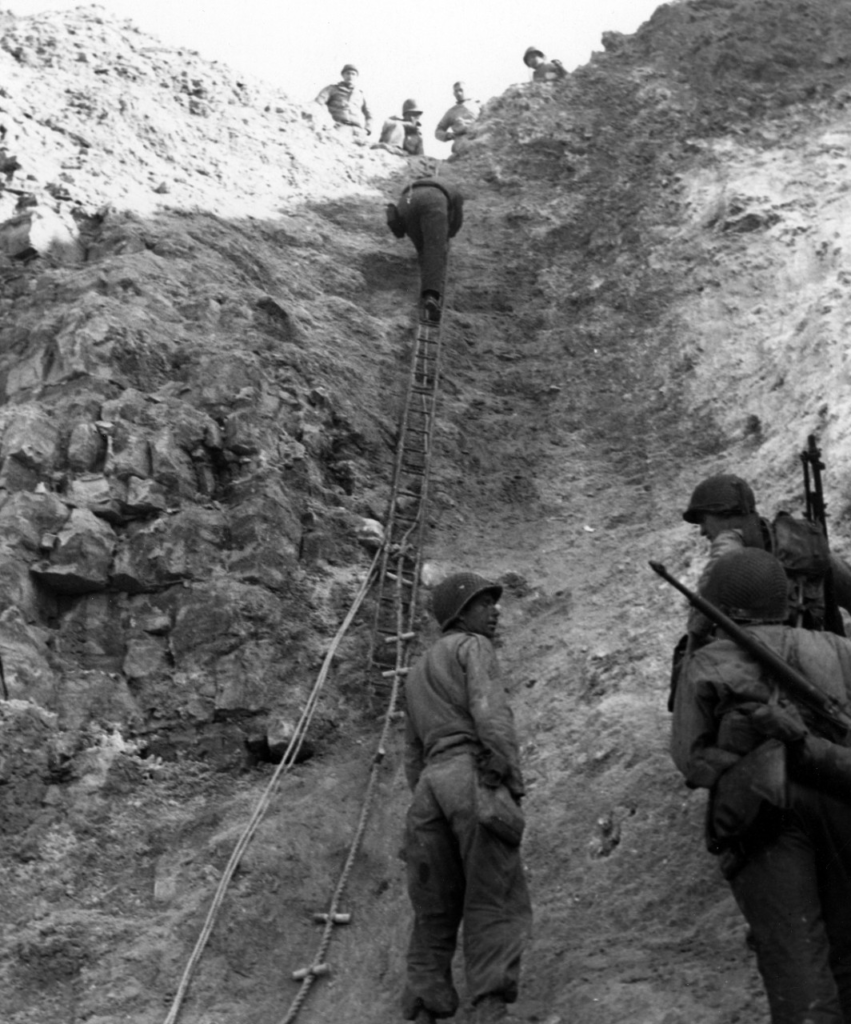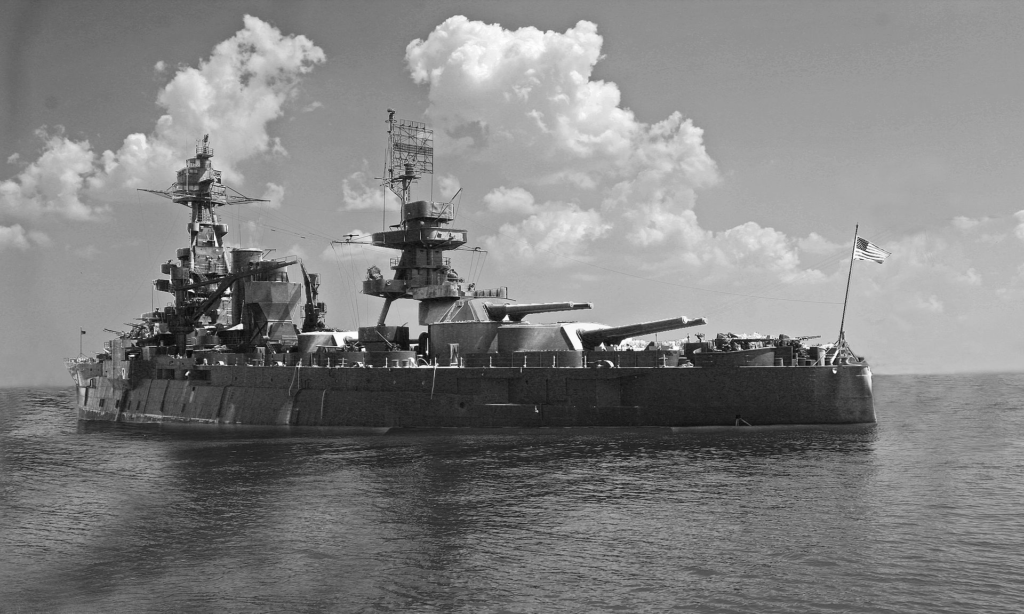Today marks the 80th anniversary of one of the most monumental events of the 20th century. Colloquially known as D-Day – the landings at Normandy, France on June 6th 1944 were the largest Amphibious Assault in history. Led by Supreme commander Dwight Eisenhower and Operational commander Bernard Law Montgomery, 4 US divisions, the 1st, 3rd, 4th and 29th landed on the Western end of the beachhead, at Utah and Omaha beaches. The British and Canadian divisions landed at Sword Gold and Juno beaches in the center and East. Airborne assaults were carried out the night before the landings by the US 82nd and 101st and the British 1st and 6th airborne divisions. (Full disclosure: your editor was a member of the 3/325th 82nd airborne, the 325th was a glider infantry regiment of the 82nd during WWII.)

They faced an entrenched enemy in the German Wehrmacht. Hitler’s Festung Europa (fortress Europe) would be a tough nut to crack. Erwin Rommel had been fortifying the European coast, from the Scheldt estuary in Holland to the Bay of Biscay on the French coast, for months. From concrete gun emplacements and beach obstacles to the so-called Rommelspargel (Rommel’s asparagus, poles topped with landmines) and wires strung across fields suitable for airborne landings the Cotentin peninsula was prepared for defense.

The planners for OVERLORD determined it needed a high tide in the morning. Those tides occured June 4,5,and 6. The next set of high tides wouldn’t occur for more than a month. Unfortunately the weather didn’t cooperate. The forecast for the 4th and 5th called for gale force winds. This caused a postponement from the original date. On the night of the 5th, group captain James Stagg, the staff aerologist for SHAEF (Supreme Headquarters Allied Expeditionary Force), forecast a break in the weather for the 6th. With this forecast in hand Eisenhower gave the orders to execute the operation.

First to go were the Airborne divisions. The air drops occured at the flanks of the beachheads. The drops, at least for the American divisions, were a mess. The paratroopers were scattered all over the Norman countryside. This scattering may have actually worked to the allied advantage. The German defenders, unsure of how many troops had been dropped or where for that matter, were hesitant in their reaction. It was several days before the paratroopers had fully consolidated. The Brits at the Eastern end had a better result with their drop. They quickly achieved most of their objectives.
Many books have been written about the landings. So I’m not going to rehash the entire course of events, I couldn’t do it justice here anyway. I can point you in the direction of some of my favorites if you like. I will however point out some of the highlights.

Like the Boys of Pointe du Hoc, immortalized by Ronald Reagan in his 40th anniversary commemoration speech, taking the battery of German artillery at the top of the bluff at Pointe du Hoc. The 2nd Ranger battalion suffered 77 dead and 152 wounded out of the 225 men who made the climb.
The bravery of Norman Cota of the 29th ID the highest ranking officer on Omaha during the initial landings. Cota made his way from one end of Omaha to the other braving machine gun, mortar and artillery fire, exhorting his troops and directing the post-landing assaults. Cota is credited with creating the Ranger motto – Rangers lead the way – on the beach at Omaha. While directing the assault, Cota asked “What outfit is this?” Someone yelled, “5th Rangers!” In an effort to inspire Schneider’s men to leave the cover of the seawall and advance through a breach, Cota replied, “Well, God damn it, if you are Rangers, then get up there and lead the way!”
Teddy Roosevelt Jr., who was the 2nd in command of the 4th division was the highest ranking officer at Utah beach. He was also the only General Officer to land with the first wave. When asked what the most heroic thing he’d seen during the war, Omar Bradley said “Ted Roosevelt on Utah Beach.” This despite having nearly crippling arthritis – He used a cane to get around – and a heart condition that Ted concealed from the Army. Teddy would be awarded the Medal of Honor for his actions at Utah beach, if posthumously. Theodore Roosevelt Jr died of a heart attack 12 July 1944 at Méautis France.

The Ox and Bucks led by Major John Howard took Pegasus bridge over the Caen canal and Orne river outside of Benouville inland from Sword beach in the British sector. The Horsa gliders that carried the 181 men landed within meters of their target 16 minutes after midnight on the 6th. They quickly overwhelmed the German defenders, but not without a cost. Lt. Den Brotheridge became the first Allied casualty of Overlord, fatally shot while crossing the bridge.

One of the more iconic images of Overlord came courtesy of one Pvt John Steele. The private was a member of 2/505 PIR, 82nd Airborne and jumped with the rest of his battalion into the Norman night on 5/6 June. Unlike the rest of his unit, Pvt Steele got hung up on the steeple of a church in the village of St. Mere Eglise. John hung there, playing dead, for two hours before being captured by the Germans. 4 hours later he escaped, rejoined his unit and helped take St. Mere Eglise from the Germans.

When her 12″ guns would no longer bear on the German positions, the Skipper of USS Texas, Capt. Charles Baker ordered the port torpedo blisters flooded. This induced a list and gave the guns just enough elevation to hit the target, some 15 miles inland.
